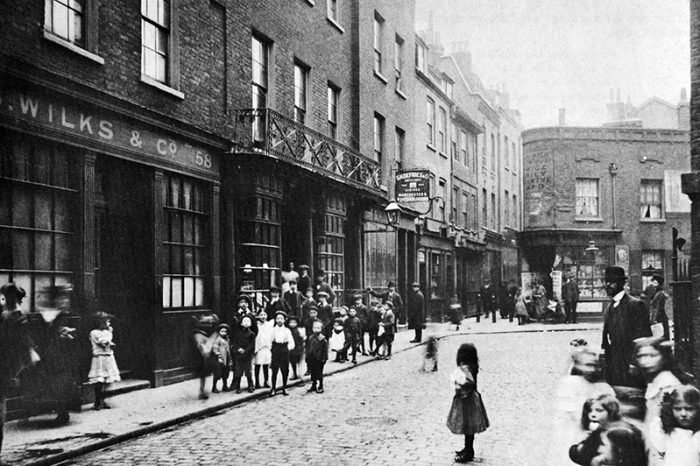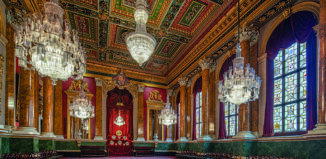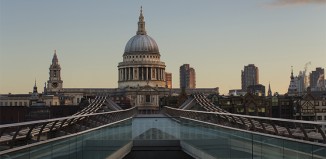Jack the Ripper’s London
More than 135 years after Jack the Ripper claimed his final victim, author and tour guide, John Bennett visits the locations where the grisly murderers took place
The East End of London, infamously, has had many ups and downs. Most recently the area has undergone a remarkable resurgence as a major focus of London nightlife, thanks to gentrification and a change in its social demographic, yet over time, the East End has seen it all: political radicalism, organised crime, changes through immigration, social unrest and groundbreaking philanthropy, making it a historically rich part of the city. But when your community’s most famous ‘export’ is the world’s most notorious murderer, the darker aspects of its past is difficult to shake off.
So while the districts of Whitechapel and Spitalfields are popular, gentrified destinations today, they could be said to have been at their lowest ebb in the late 19th century, a time when the poverty and crime prevalent there were seen as a black mark on the greatest city on earth. In 1888, such conditions were brought into sharp focus by the acts of a serial killer who targeted destitute prostitutes in the area, murdering them in a way that was unique and shocking, before leaving their corpses on display. Thanks to a letter (probably a hoax) sent to a press agency in September 1888 and signed ‘Jack the Ripper’, the miscreant was given a name that has not only stood the test of time in the public imagination, but has become the stuff of London legend and folklore.
Jack the Ripper’s victims were all women forced to sell themselves on the perilous streets in a vicious circle of alcohol dependency, homelessness
and prostitution. Life for these women was a constant struggle and the squalid lodging houses (or ‘dosshouses’) formed the only affordable shelter. Walking the streets by day and night made them vulnerable to the Ripper, particularly given that they had to take their clients into the most isolated places they could find to earn their living.
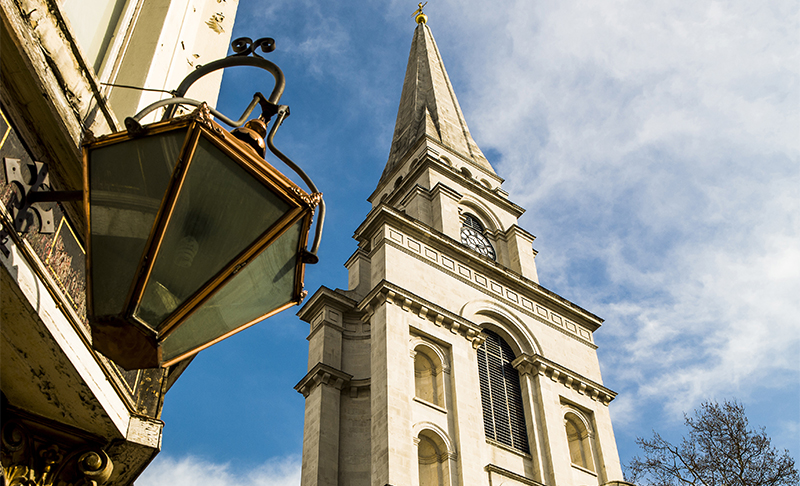
One such place was the notorious George Yard, a narrow alleyway off Whitechapel High Street, and for many the story of the Whitechapel murders of 1888 begins there. Dark and forbidding, this thoroughfare offered local prostitute Martha Tabram the opportunity to earn her ‘doss money’, and on the morning of 7 August, she was found dead on the landing of a dingy tenement building, having been stabbed multiple times.
Much of George Yard – now known as Gunthorpe Street – has been redeveloped, yet it remains an atmospheric locale. By night, many guided tours venture through its menacing archway by the side of The White Hart pub where suspect George Chapman ran his cellar barbershop to begin their exploration of Ripper’s London with the appropriate sense of fear.
The shocking mutilation of Mary Ann Nichols on 31 August 1888 quickly ignited public fears of a maniac on the loose. Buck’s Row was a semi-isolated street behind Whitechapel underground station and Nichols’ body was found in front of a stable yard gateway between a row of terraced cottages and a large school, of which only the latter survives (as apartments).
The notoriety from this murder resulted in residents petitioning for a name change, which was granted in 1892: Durward Street, as it has been called since, has seen much alteration after being derelict for decades and is now seeing further construction ahead of the Crossrail train project which will run through Whitechapel.
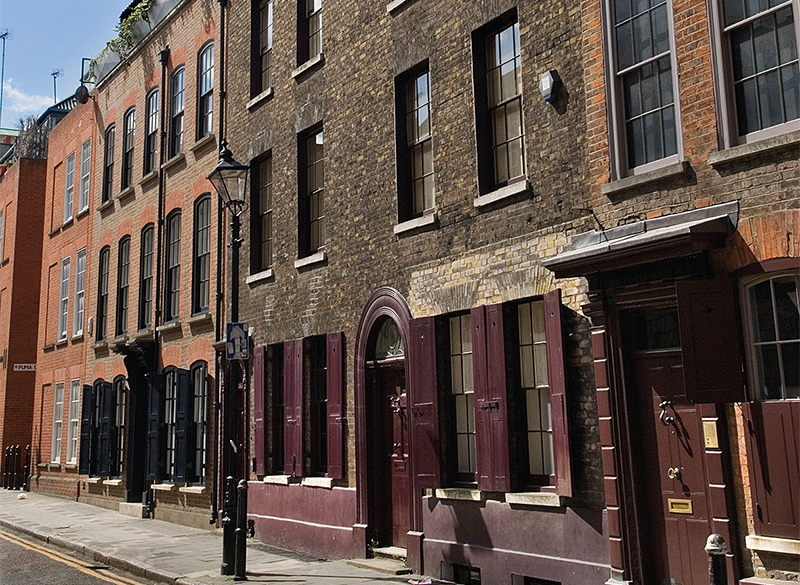
Spitalfields, despite the march of time, thankfully retains much of its old feel. Commercial Street boasts stretches of historic architecture, including a former fruit and vegetable market built in 1887, Nicholas Hawksmoor’s majestic Christ Church from 1729, and a whole enclave of early 18th-century townhouses built for Huguenot weavers. Fournier, Wilkes and Princelet Streets have tremendous appeal, and are now home to actors, artists and entrepreneurs. But the Ripper made his mark here, too: Annie Chapman was found mutilated in the backyard of rundown 29 Hanbury Street on 8 September 1888, triggering local hysteria and a welter of lurid reporting and gossip in the media.
By the church stands The Ten Bells pub, believed to be a regular haunt of several of the victims, which still exudes its Victorian charm. Peculiarly by modern standards of taste, the notoriety brought upon the pub by the drinking habits of the victims led it to be renamed the Jack the Ripper from 1975 to 1988, before local protest instigated a return to its original name (from the 10 bells that once sat in the tower of Christ Church).

Mary Kelly, often considered Jack the Ripper’s final victim, was discovered on 9 November torn to pieces in her little room in Dorset Street, once deemed by the national press as the worst street in London. This dangerous thoroughfare no longer exists (having been wiped off the map by recent redevelopment) and, although 29 Hanbury Street was torn down to make way for extensions to Truman’s brewery (now the Old Truman Brewery) in 1970, one can still see what that house looked like in the surviving homes opposite the brewery walls, still sporting their window shutters which is still a feature of these Georgian survivors.
Berner Street and Mitre Square were the locations of the Ripper’s shocking ‘double event’ when Elizabeth Stride and Catherine Eddowes were murdered within an hour of each other on 30 September. Berner Street (renamed Henriques Street) was the first Ripper site to be redeveloped (in 1909) and Mitre Square, located just within the City of London, has seen several facelifts, the most recent being only this year, thus the former claustrophobic gloom of its stark warehouses has been replaced by striking office buildings.
More recognisable is the doorway in Goulston Street where the Ripper left a blood-soaked portion of Eddowes’ apron and, according to some, a chalked message on the wall above that was erased on police orders owing to its inflammatory nature. That doorway, where the only piece of evidence left by the killer was found, is still recognisable from old photographs and bears its distinctive decorative features, despite now being the entrance to the Happy Days takeaway fish restaurant. But the spot where Eddowes met her horrific end still invites the curiosity of tours and tourists, and has always been known as ‘Ripper’s Corner’.
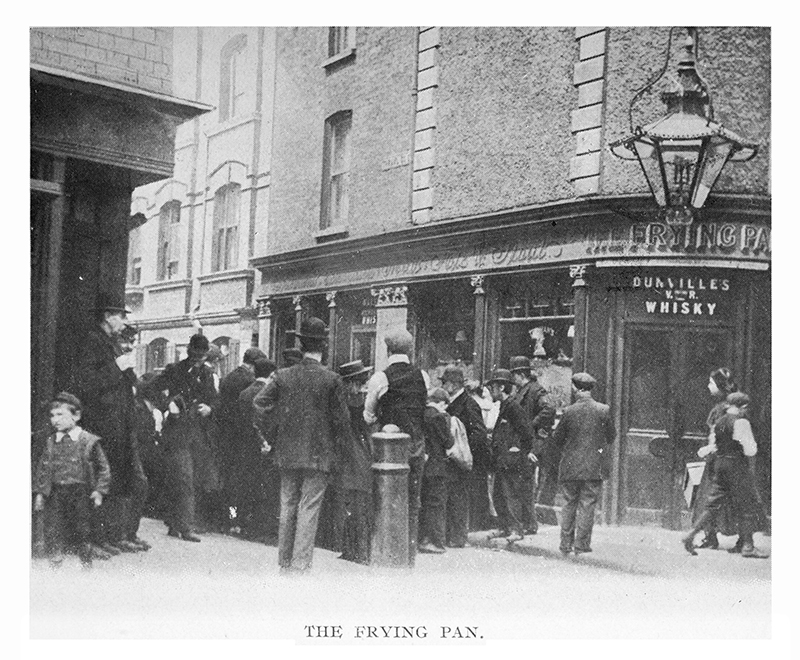
So why such curiosity? The whole fascination with the case of Jack the Ripper stems from the mystery of his identity, and from that mystery comes the ability to reinvent ‘Saucy Jacky’ (as he called himself in another possibly hoaxed postcard) in many forms, particularly in the mass media. So far, more than 300 people have been named as the culprit, and even the detectives who were there at the time could not agree on his identity. The most commonly cited theory, which came about during the 1970s, was that royalty was involved, protected by secret societies like the Freemasons, and as such has generated a number of big budget movie interpretations that help feed the mythology.
Jack the Ripper, whoever he may have been, passed away many moons ago, but his presence can still be felt in London’s East End, a wraith in the imaginations of many. Change is inevitable, but there is much in the area to connect us to those dark days when the shutters were closed tight at nightfall and fear was given a name that has lived on, and will continue to do so.
Join John on his next Jack the Ripper walking tour by booking online at www.jack-the-ripper-tour.com or read more about Jack the Ripper in his book, Jack the Ripper
Read more:

